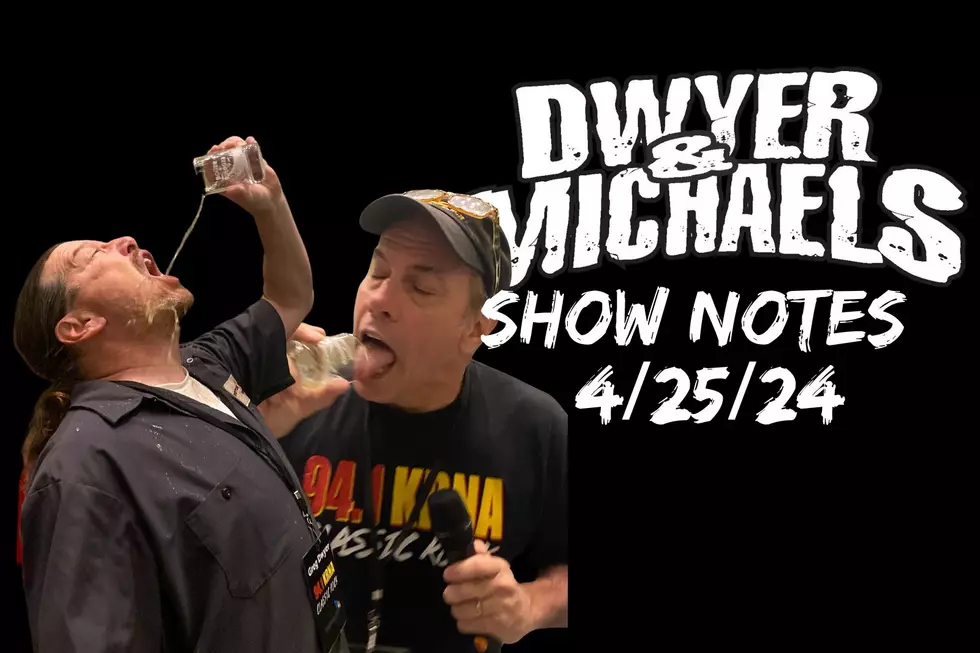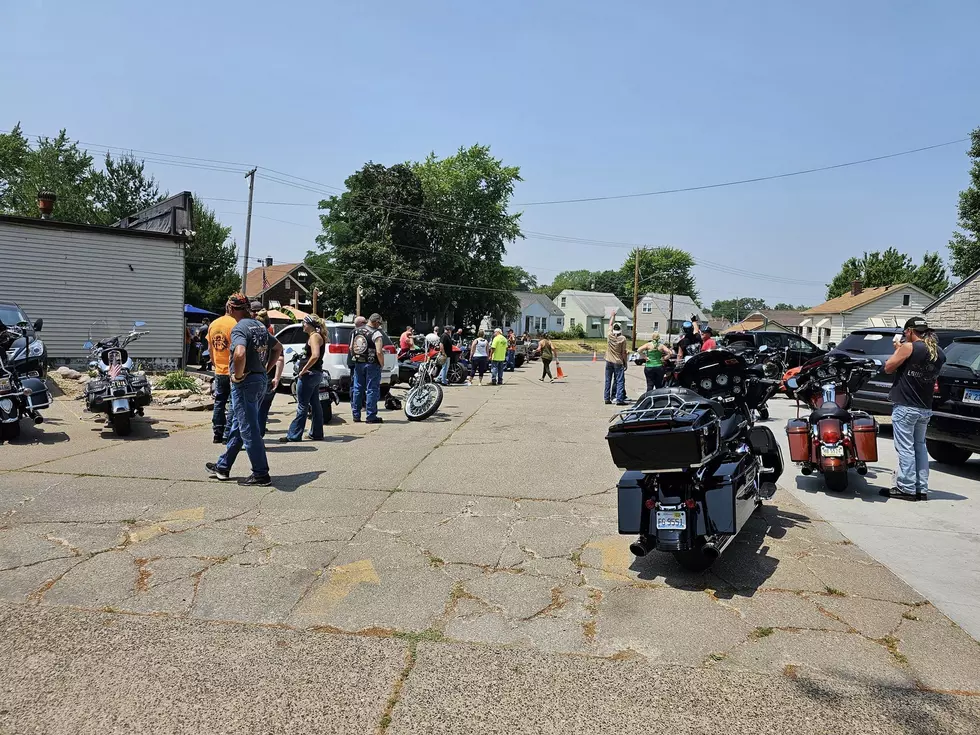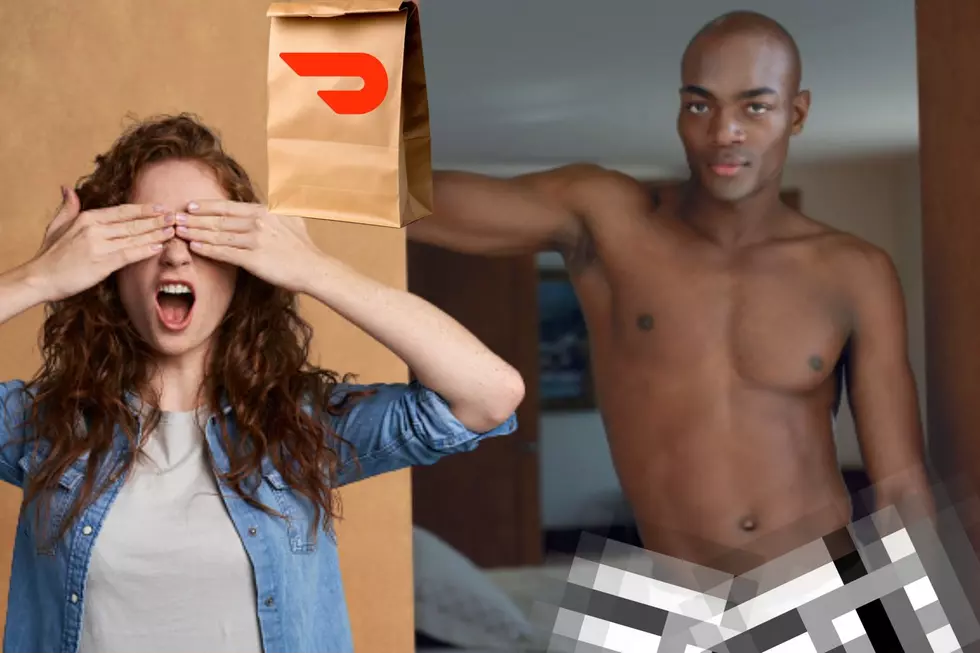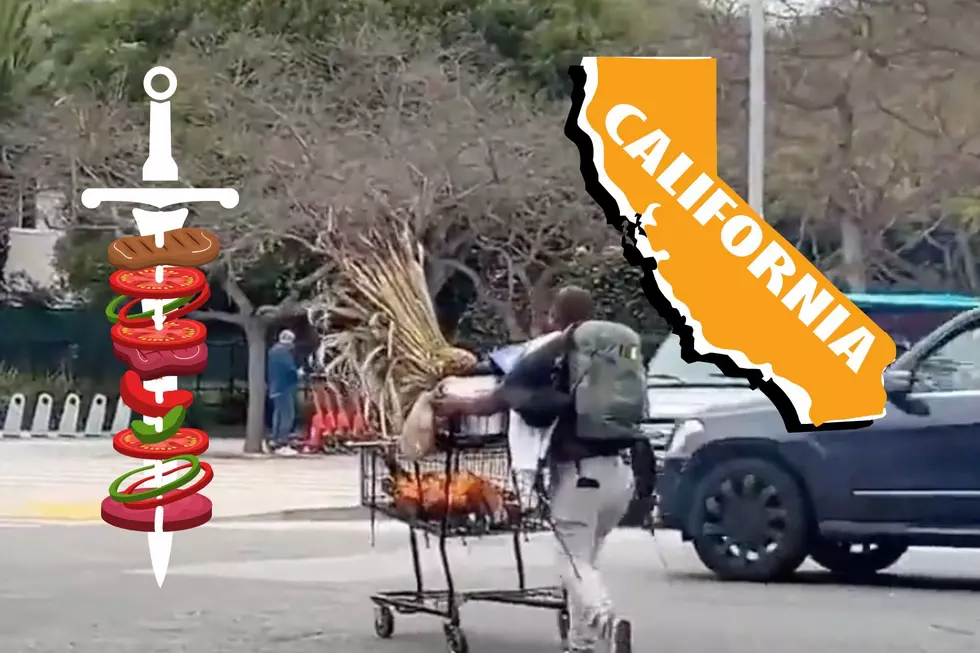
Making Fake Money for TV and Movies Is Harder Than You Think
Making the fake money you see in movies and TV is harder than you think. There are serious rules involved, so people can't actually, you know, try to spend it in real life.
RJR Props in Atlanta is one of the largest prop companies in showbiz, and its founder Rich Rappaport laid out some of those rules in a recent interview.
First of all, he has to deal with the Secret Service, because there are federal guidelines to making counterfeit cash. There are two types of bills he makes.
The first is called "Standard Grade". It's made to look good when it's held at arm's length. So it looks real on camera, but if you tried to actually spend it at a store, they'd be able to tell it's fake.
Then there's "High Grade" money. It looks legit in close-ups, like when someone is counting money or putting it in someone else's hands. But since it looks so realistic, it can only be printed on ONE SIDE.
There are a few minor differences that call the bills out as fake. For instance, instead of "United States Federal Reserve", they say, "Unreal Fake Currency Reserve".
Also, on the front and back of the bills where it's supposed to say "United States of America", the "U" is actually a "W".
As for what the fake money costs, RJR Props sells stacks of standard hundreds for $45 each and high-grade stacks for $65.
Oh, and by the way those rappers who make it rain in their videos aren't always using real cash. RJR has sold prop money to Kendrick Lamar and 50 Cent, among others.
Read more at CNN Style.
More From 97X









